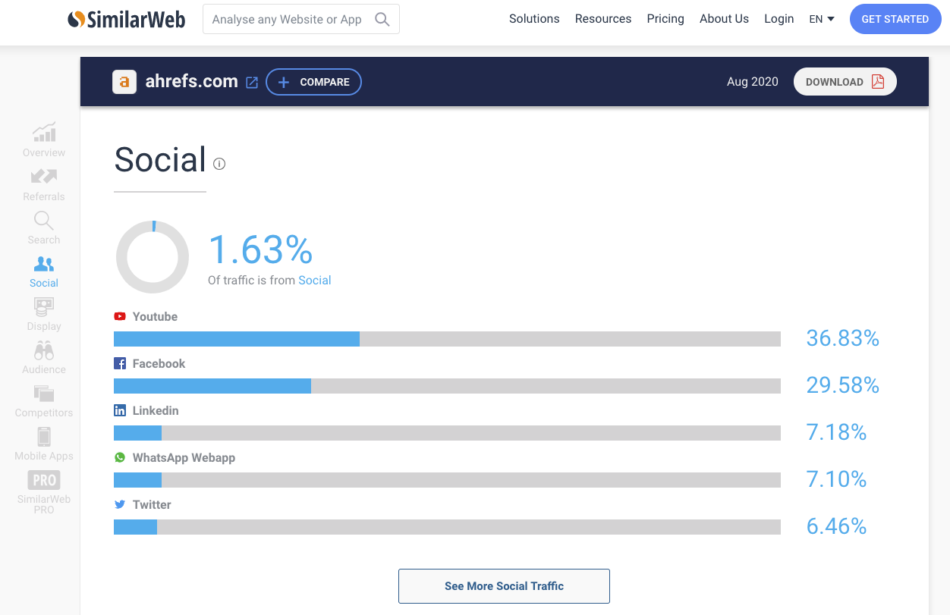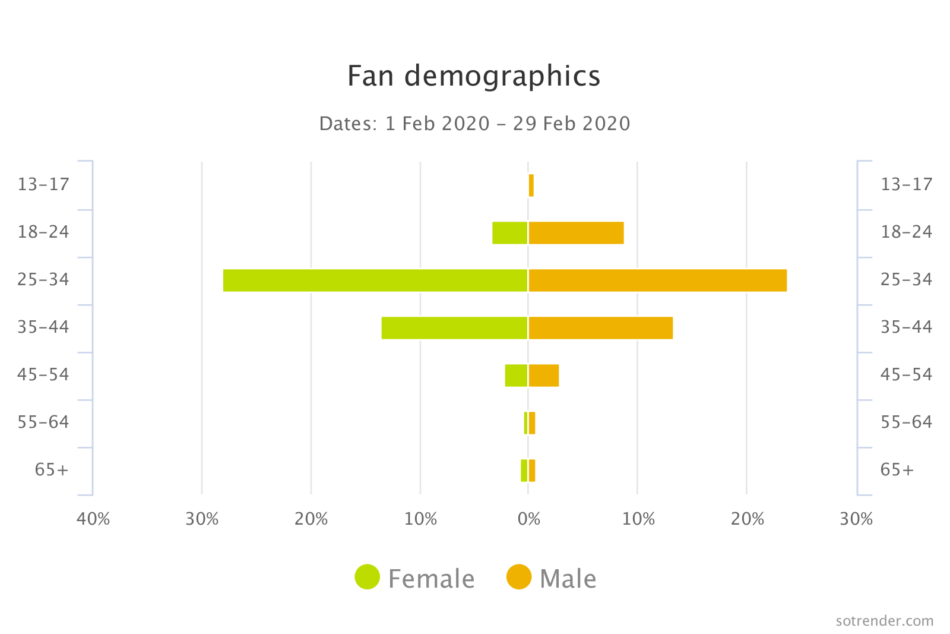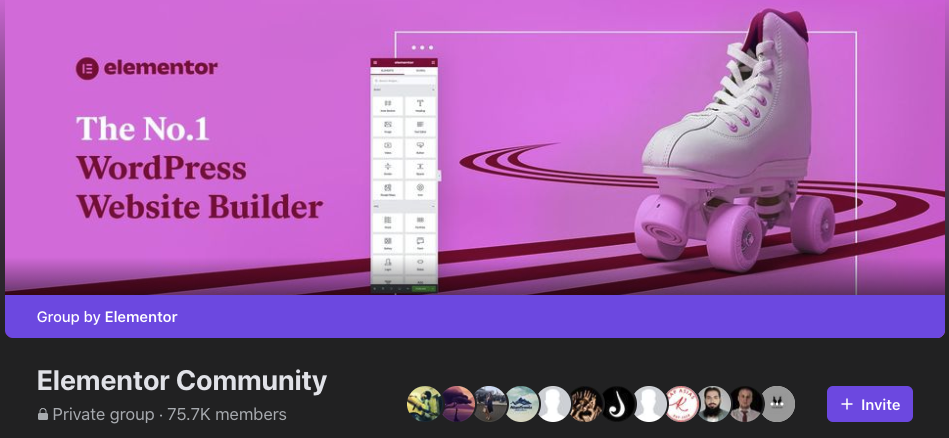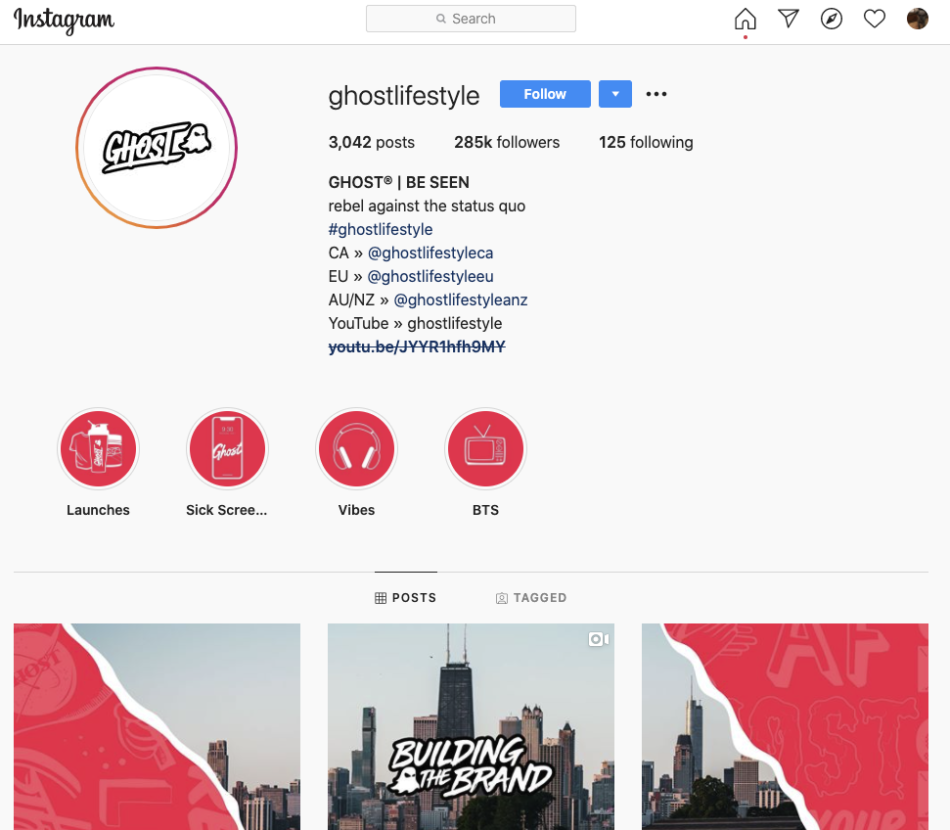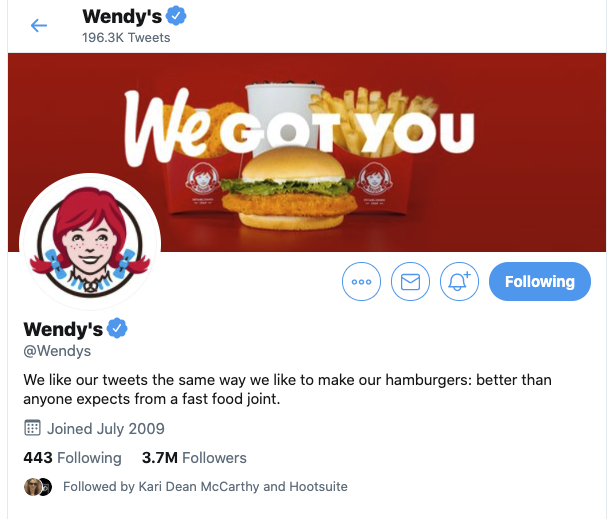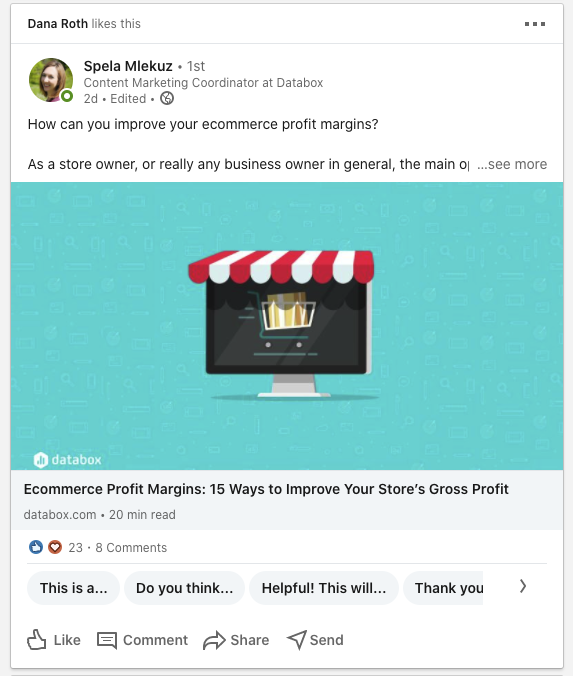Learning how to navigate the vast, and sometimes daunting, social media landscape is necessary for any new business in this social media age. While you’ve probably used at least one of the popular sites for your personal life, picking a social media platform for your new business can be a bit more complicated.
Setting the Stage
The goal of this post is to provide a quick overview of potential social networks you can use, as well as a framework to help make the right decision for your business and start engaging with your target audience.
For context, we’re an online business that helps people make informed decisions about teaching English abroad. Our users skew younger, use social media often, and do a lot of research before deciding if they want to take the plunge and move abroad.
Making Time for Social Media as a New Company
Social media plays an integral role in any marketing strategy. Even before you start trying to reach people, your social profiles are used to build brand awareness, lock down social real estate for future use, and serve as the basis for your eventual brand voice.
Even if you didn’t have every guru and blog telling you how social media has evolved and how important social media is, a recent study showed that for most Americans, social media is a part of their daily routine. Every day, Facebook receives about 1.7 billion active users and Instagram sees around 500 million.
So yes, utilizing social media is important – but be careful not to over commit yourself or you risk becoming a master of none.
Wide vs. Narrow Focus
The first step in choosing the right social media site is deciding whether you want to take a wide or narrow approach. While a wide focus will get your company’s name in front of more people, it’s not always the best strategy as you can’t speak or appeal to everyone.
Brands that figure out their target audience — be it an age group or a geographical location or a hobby — and then market specifically to them generally see more engagement and can build trust with their audiences.
For us, this means targeting people that are looking for their first teaching job abroad – but an even better example is the SEO tool, Ahrefs, and their YouTube channel:
While no longer a new company, Ahrefs started their channel early in their journey because they knew that their target users were seasoned SEO and that video was the best medium for reaching them.
Instead of focusing on every type of marketer who might benefit from their tool, they went narrow and focused on getting their core users more invested in their product.
Finding Where Your Users Are
Once you establish your focus, the next step to creating a social media strategy is to research them and figure out their interests, who they look up to, if they care about any social causes, and most importantly, what social platforms they’re using.
How to Know Your Users and How to Find Them
One of the easiest things you can do is look at your competition and see what social media platforms they use and where they get the most engagement.
Our first stop for this is always Similar Web – it let’s you plug in a URL and gives you details on website traffic in return.
If you scroll down to the Social section, you’ll see an image like this:
Unsurprisingly, Ahrefs is getting the majority of its social traffic from YouTube. If you were looking to compete with them, you’d want to make sure you incorporated YouTube into your long term social media marketing plan.
On the other hand, if you already have social media profiles, you can use Sotrender to get more information about your audience. This includes demographic data and your audience’s behaviors so you can adjust your strategy to them. At the same time, you could also analyze your competitors’ followers and make an informed decision about whether this platform is right for you.
If you don’t have a profile on any of these platforms yet, don’t worry about it. We’ll explain how you can assess the different platforms to make the right choice.
Assessing Potential Social Networks
Unfortunately, it’s rarely going to be as easy as identifying a single social media platform and calling it a day. The hard part is choosing the right platform to dedicate time to when your competition (and users) are spending time on more than one.
This section will cover five common platforms, go over a few pros and cons, look at what makes them appealing for certain types of companies, and an example of a company doing well.
Facebook was founded in 2004 and has since grown into the largest social media network in the world with over 2.7 billion monthly active users. In the U.S., 69% of adults use Facebook, with the highest percentage of people being 18-49 years old at 79%.
Pros
- It’s the most used social network in the world
- You can create free business pages to track analytics, message customers, and create special events for your audiences
- Its extensive ad program makes it easy to boost posts or create campaigns with the click of a button
Cons
- Last fall, Facebook revealed thousands of apps improperly obtained and used personal information from its users
- Doesn’t reach a young demographic
What types of companies is it best for?
If you want to reach a mostly female Gen X and Millennial audience, then Facebook is the platform for you. It fully integrates marketing tools such as analytics and Facebook ads so you can do everything from the platform.
If you’re going to pursue Facebook, make sure to start an official group (more on this below) as well as a page – regardless of whether you have physical or digital products, giving your customers a place to ask questions, share tips, and provide feedback is almost always worthwhile.
We’re big fans of Elementor and they do a great job of this:
The popular photo and video sharing platform was established in 2010 and was acquired by Facebook in 2012. The app sees over 500 million users every day and mostly appeals to a younger demographic, with 65% of Gen Z checking their accounts daily.
The app is also wildly popular with social media influencers who work with brands to promote products or services through native advertising and other marketing campaigns. In a 2019 survey, 70% of teens said they prefer brands to contact them through Instagram, and 72% of Gen Z say they follow influencers.
Pros
- Photos, videos, and graphics largely appeal to younger generations
- Instagram stories are used by over 500 million people daily and present new ways to reach audiences by creating more engaging posts and providing a more personal experience
- Ability to partner with celebrities and other influencers can increase your brand’s reach
- Geo-tagging features target specific audiences in your area
Cons
- If you’re not targeting Gen Z and younger generations, this app doesn’t see a lot of engagement from members of other generations
- Since it is so popular, it can be hard to cut through the noise of other companies to reach your audience
What types of companies is it best for?
Instagram is the right platform for new businesses that want to target teens and other members of Gen Z. The social platform is perfect for businesses that have a very visual marketing strategy that follows current topics and trends.
We chose not to pursue Instagram due to how resource-intensive it is to do well, but our feed is full of companies like Ghost, a supplement company that has managed to make protein sexy by focusing on the lifestyle nature surrounding fitness.
Their detailed visuals, influencer partnerships, and consistent branding can definitely serve as a roadmap to Instagram success, if you have the time and money.
Twitter stepped onto the social media scene in 2006 but really took off in the early 2010s. Users’ Twitter posts are limited to 280 characters, and the platform sees 145 million daily active users. The platform is used most widely among younger and educated Americans.
Pros
- The platform makes it easy to share and promote branded content
- Searchable hashtags make it easy to see what people are talking about concerning certain topics
- Twitter Lists allow you to create organized groups for those you follow so you can keep up to date on certain audience segments or your competitors
Cons
- A much smaller reach than Facebook
- It can be hard to build a following, and it takes a lot of experimentation to see what resonates with your audience
What types of companies is it best for?
Twitter is the right platform for companies that want to engage with a younger, more educated audience. Users can easily comment, like, and share your posts, so if you’re able to build an established following, it’s an excellent choice.
For companies doing well there, we’re huge fans of Wendy’s:
If you’re looking for examples of companies that have brand voice down to a science, look no further. Wendy’s does an exceptional job of promoting new products, announcing sales, and interacting with their fans (and critics) all from a single account.
This social media platform is the most used platform among professionals who use LinkedIn to share job updates, post resumes, network with current and past colleagues, and share thought leadership posts. Since it was established in 2002, LinkedIn has grown into a network of over 675 million users worldwide.
It’s more popular with people in the 30-49-year-old range, making up the majority of users with 37%.
Pros
- A largely professional environment
- Posts are able to be tagged as curious and insightful, as well as liked, celebrated, supported, and loved, and shared
- Google often ranks LinkedIn pages near the top of its search results, so maintaining a strong presence will improve your SEO
Cons
- Additional fees for a premium subscription
- Building a trusted network and respected brand on LinkedIn takes a large time investment
What types of companies is it best for?
If you’re a B2B company that wants to target older, working professionals, then LinkedIn is the platform for you. Not only can you easily connect with and follow industry leaders to gain insight, but you can share your new business accomplishments with the rest of the world.
For examples to follow in Linkedin, check out tech companies with big blogs – I personally consume a lot of content from companies like Databox and Linkedin provides a great platform for keeping the discussions amongst your business peers.
Forums/Groups (Facebook and Reddit)
If you want to truly engage with your audience and get a pulse for their reactions on topics relating to your industry in real-time, then consider looking into Facebook Groups or Reddit.
The former service lives on Facebook and offers unique insights and highlights metrics such as comments, top contributors, and the number of new members.
The latter, Reddit, was established in 2005 ,and its power lies in users’ ability to up or downvote links, comments, and posts depending on their relevance. 42% of American users are 18-24-years-old, and the website sees more than 46 million searches a day.
Pros
- Share your company and voice with others who share your interests and establish yourself as a thought leader
- Engage directly with those who know and love your brand
- Get feedback from community members
- Use it to learn information about what your target audiences care about and what they wished would change in the industry
Cons
- Reddit users aren’t receptive to brands self-promoting or responding to complaints of their products or services
- Facebook Groups aren’t the best place to engage in business-to-customer support as the most recent posts appear on top, which can complicate your timeline and lead to confusion
What types of companies is it best for?
Forms like Reddit and groups on Facebook are good for companies that want to better understand their target audiences and, if appropriate, directly engage with them.
If you’re like us and your users do a lot of research before purchasing, then forums are perfect for injecting your subject matter expertise into the conversation. If you’re constantly fielding questions about your industry or niche, then there’s a good chance you can find success in a group or subreddit.
Where to Start as a New Company
Picking a social media platform can be a daunting yet important task. In this article, we broke down the pros and cons of each platform to make picking a social media platform a little bit easier when launching a new business.
While you may want to establish a presence on multiple social media platforms right off the bat, it’s important to remember not to spread yourself too thin. Identify your target user, find what platform they use, and market in that space to establish your brand and build your customer base.
As for us, we currently divide our social media focus between our Facebook Group and forums like Reddit and Quora. The former allows us to promote content and get user feedback while also providing a place where subscribers can ask us questions directly. The latter lets us reach people who don’t know about us yet and makes it much easier for us to showcase our subject matter expertise.




